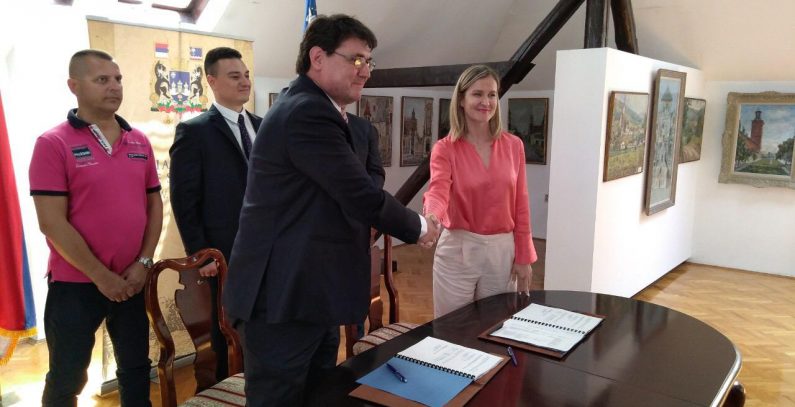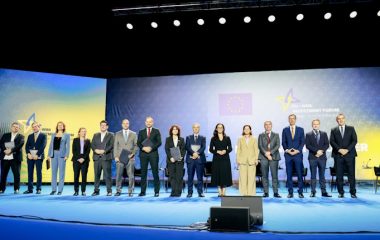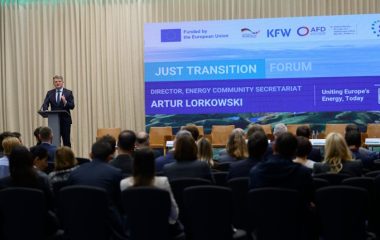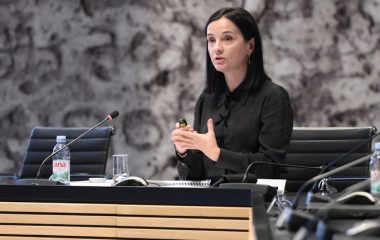
Photo: LinkedIn/EBRD
The Šabac district heating operator, Toplana-Šabac, will act as an energy service company (ESCO) that will take out a loan for its residential users in order to upgrade buildings, with repayment over 12 years to be financed through energy savings, the City of Šabac in western Serbia said. The contract on the loan for thermo-insulation has been signed with the European Bank for Reconstruction and Development (EBRD).
Slobodan Jerotić, general manager of the Šabac district heating operator, and Jelena Čeperković of the EBRD have signed the EUR 2.5 million loan for the thermo-insulation of 40 multi-storey residential buildings in Šabac.
According to Jerotić, citizens will see significant savings thanks to the insulation of residential buildings and the installation of modern devices that can regulate heat and calculate consumption and heating costs, which will enable them to get a return on the investment to be carried out by the Šabac district heating operator.
The district heating operator has prepared different contract models to enable residents to choose one of the repayment schedules offered.
“We have drawn a 12-year loan and will enable citizens to select one of the repayment schedules offered. Everyone can choose a contract and make the repayment over two, five, but no longer than 12 years,” Jerotić said, adding that a different model was used in the past but that this one “has been recognized in the world and has been implemented in Europe for years.”
Šabac is known as a leader in the thermo-insulation of residential buildings in Serbia. Balkan Green Energy News wrote about a revolving budget fund for the financing of energy efficiency projects.
The project to improve the thermo-insulation of residential buildings will help reduce CO2 emissions in the west Serbian town, the EBRD said.
The residential sector is one of the biggest consumers of energy in Serbia, where the average energy consumption is up to three times higher than in developed European countries. Old building stock constructed between the 1950s and 1980s with insufficient or no thermal insulation generates high energy losses.
Estimates show that energy efficiency could be improved by up to 70%.
In addition to Šabac, the EBRD is also working with the authorities of Vojvodina, an autonomous province in northern Serbia, where it seeks to support energy efficiency investments in 80 public buildings such as schools, kindergartens, and administrative buildings.









More thermo-insulation, more chance for fires and lost lives